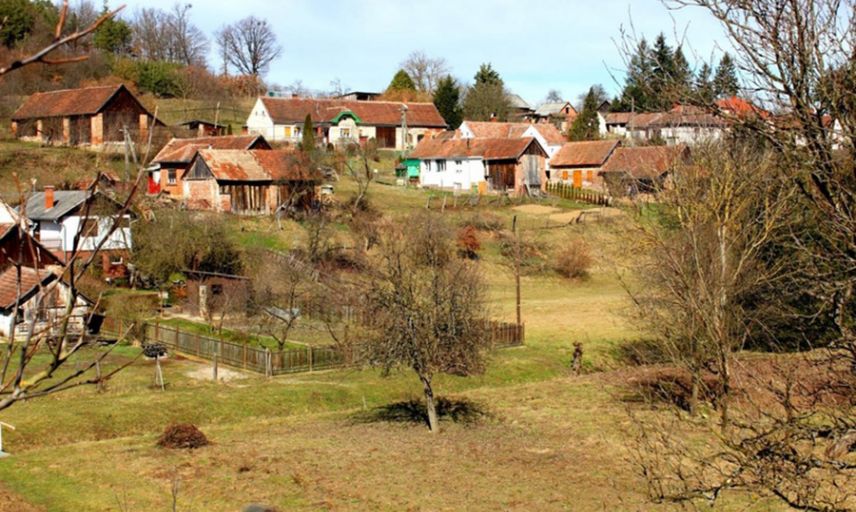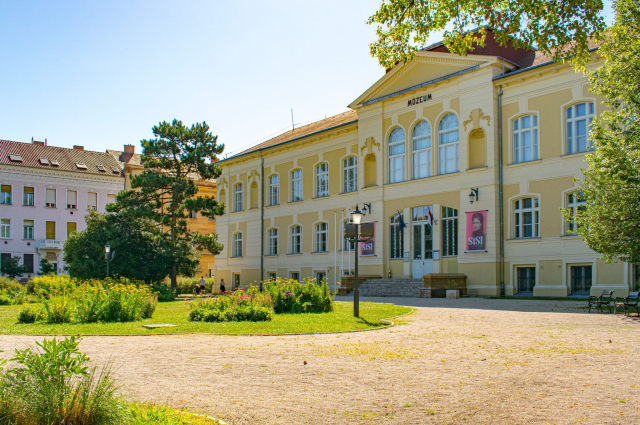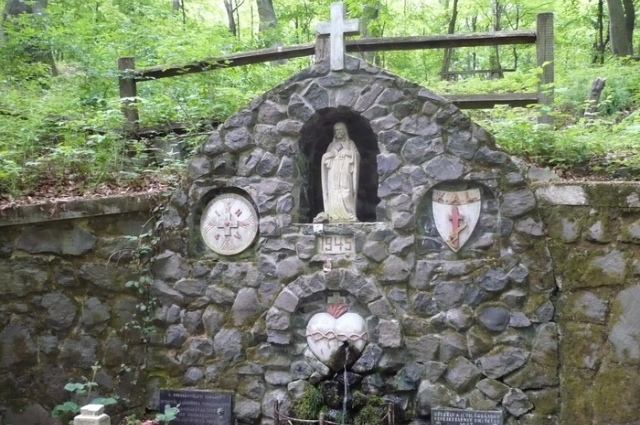
Megállópont - Csöde

Csöde is a stop on the Via Sancti Martini from Szombathely to Tours in France. The pilgrimage route commemorates the great saint of European Christianity, Saint Martin, born in 316 or 317 in Savaria, now Szombathely. Martin passed through this landscape on his way from his hometown to Italy and from there to Gaul. As a soldier, he shared his cloak with a beggar at the gates of Amiens to set an example of compassion for the poor and the fallen. After leaving the military, he set out on a missionary journey, organised Christian communities and founded a monastery. On his return to Savaria, he baptised his mother. In 371 he was elected bishop of Tours. He was highly respected for his modesty, his directness and the miracles he performed. He died in 397.
The village is mentioned as Chede in 1342. The village consists of two parts, Lower Chede and Upper Chede. The old settlement of Alsócsöde and the adjacent Felsőcsöde were only established in the 18th and 19th centuries. West of Alsócsöde are the modest remains of a medieval church. The church and its monastery belonged to the Salomvári family, descended from the Ispan Solomon in 1366. In the 15th century a village called Szentmárton was settled at the foot of the hill. In 1441, King Ulászló I dated one of his charters here. The parish priests remained in their place for a few decades after the Battle of Mohács. After the fall of the Kanizsa Castle in 1600, the area became a tax-payer of the Turks. The building was abandoned and fell into ruins. In 1657, the stones of the 'desert church' were carried away by Bernát Csány, the castle captain of Csákány, to reinforce the fortress church of őriszentpéter. The church can be reached from Alsócsöde by following the yellow L sign.
The road to Zalalövő passes by the Pacsa hill, whose name refers to a ruined settlement called Pacsa. The inhabitants of Pacsa were guards in the Árpád period. A statue of St. Orban can be seen on the vineyard next to the road. Saint Orban, like Saint Martin, is the patron saint of those who cultivate grapes and wine.
Alsócsöde is an old seres settlement and the adjacent Felsőcsöde was established only in the XVIII - XIX century. To the west of Alsócsöde, on a small hill in the forest, are the modest remains of the medieval church of St. Martin. The church and its monastery belonged to the Salomvári family, descended from the Prince Solomon in 1366. In the 15th century a village called St. Martin was settled at the foot of the hill. In 1441, King Ulászló I dated one of his charters here. The parish priests remained in their place for a few decades after the Battle of Mohács. After the fall of the Kanizsa Castle in 1600, the area became a tax-payer of the Turks. The building was abandoned and fell into ruins. In 1657, the stones of the 'desert church' were carried away by Bernát Csány, the castle captain of Csákány, to reinforce the fortress church of őriszentpéter. The place is now overgrown, and only the place-name Barátosa reminds us of the monastery and its former inhabitants.
The church and the monastery can be reached by following the yellow L (ruin) sign from the railway station in Jánosfa. As you cross the bridge over the Zala to Csöde, turn right just at the beginning of the village. From the asphalt road you will reach a gravel road that is also passable by car. After a culvert, turn left into the woods until you see a sign telling the history of the church and monastery. The distance from the railway station to the ruins is about 1400 metres. By car you can go to the edge of the forest, from there the distance is about 500 metres.
Accommodation in Csödé:
- Ciklámen Guesthouse
Address: 8999 Csöde Erdész u. 12.
Tel.: (36) 30 652-0163
- Csöde-Csoda Natural Creation House
Address: 8999 Csöde Erdész u. 4.
(36) 20 253 59 24
- Dragon Bio Pension
Address: 8999 Csöde Erdész u. 9.
(36) 20 931-6529
Email: sarkanypanzio@gmail.com
- Csöde


